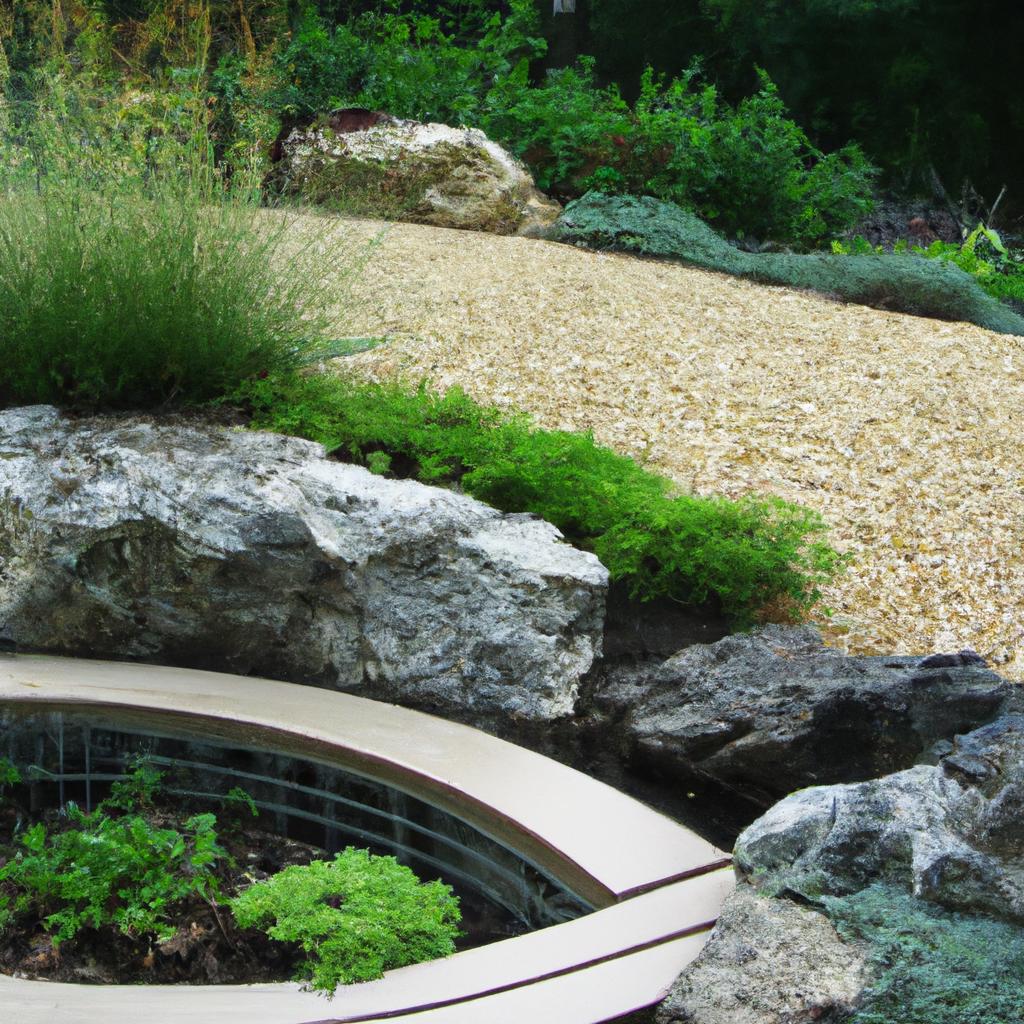Landscape architecture is a fascinating field that encompasses the design of outdoor spaces to enhance their functionality, beauty, and sustainability. From parks and gardens to urban plazas and residential communities, landscape architecture plays a vital role in creating environments that are not only aesthetically pleasing but also environmentally responsible.
Elements of Landscape Architecture
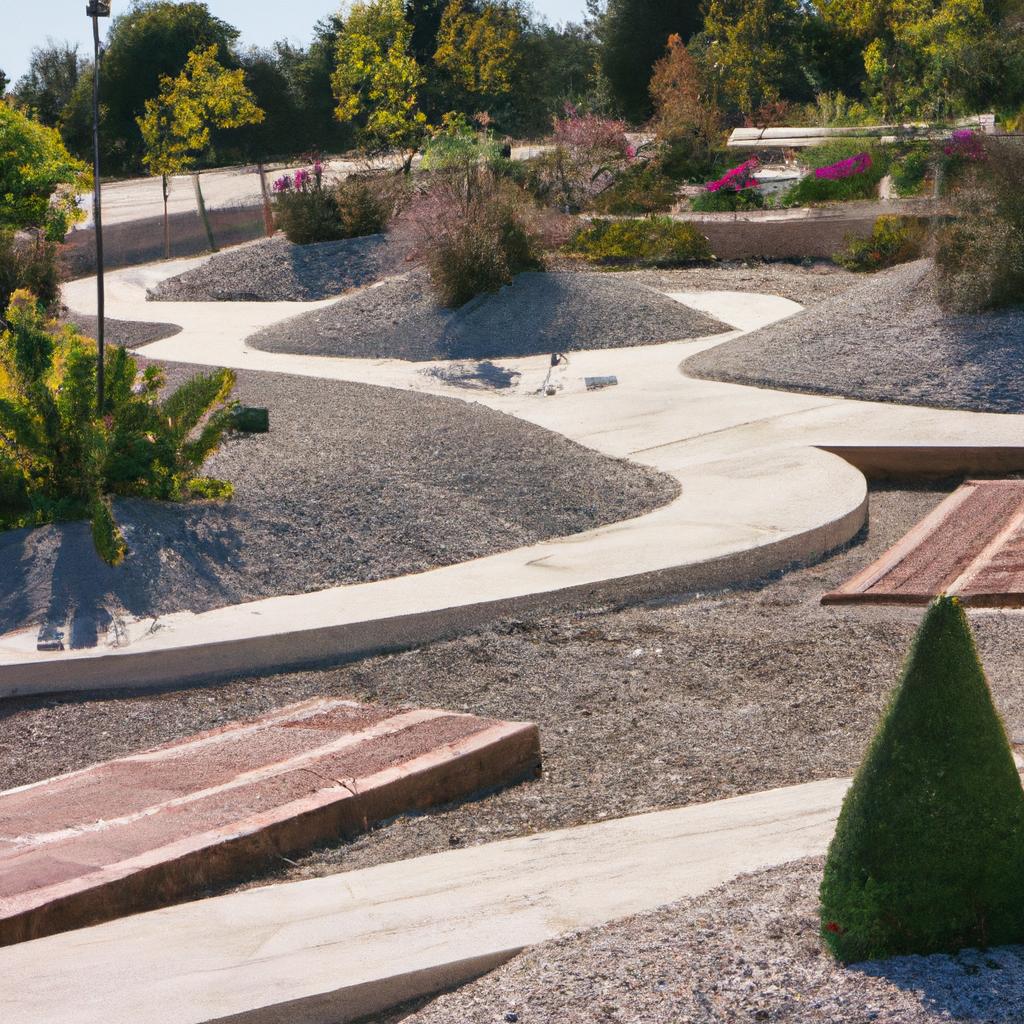
Landscape architecture involves the manipulation of various elements to create cohesive, functional, and beautiful outdoor spaces. These elements include:
Natural Elements
Natural elements refer to the existing physical features of the environment, such as landforms, water, vegetation, and wildlife. Landscape architects utilize these natural elements to create sustainable and functional outdoor spaces. For example, they may incorporate hills and valleys to create a scenic view or design a rain garden to manage stormwater runoff.
Built Elements
Built elements are the man-made features in the landscape, such as paths, walls, benches, and fountains. Landscape architects integrate these built elements into their designs to provide functionality and enhance the overall aesthetics. For instance, they may use retaining walls to create raised garden beds or install benches to provide seating and relaxation areas.
Cultural Elements
Cultural elements focus on the social and cultural aspects of the landscape, including art, history, and local customs. Landscape architects incorporate these cultural elements into their designs to create a sense of place and identity. For example, they may incorporate public art to add visual interest or design a memorial garden to commemorate a significant event.
Social Elements
Social elements revolve around how people interact with the landscape, including recreation, transportation, and socialization. Landscape architects consider these elements when designing outdoor spaces to ensure accessibility, safety, and enjoyment for people of all ages and abilities. They may create bike lanes for safe transportation or playgrounds for children to play.
Landscape architecture is both an art and a science, requiring an understanding of design principles, ecology, and social behavior. Landscape architects utilize these principles to create sustainable, functional, and beautiful outdoor spaces. Let’s explore some of the fundamental principles in landscape architecture.
Unity
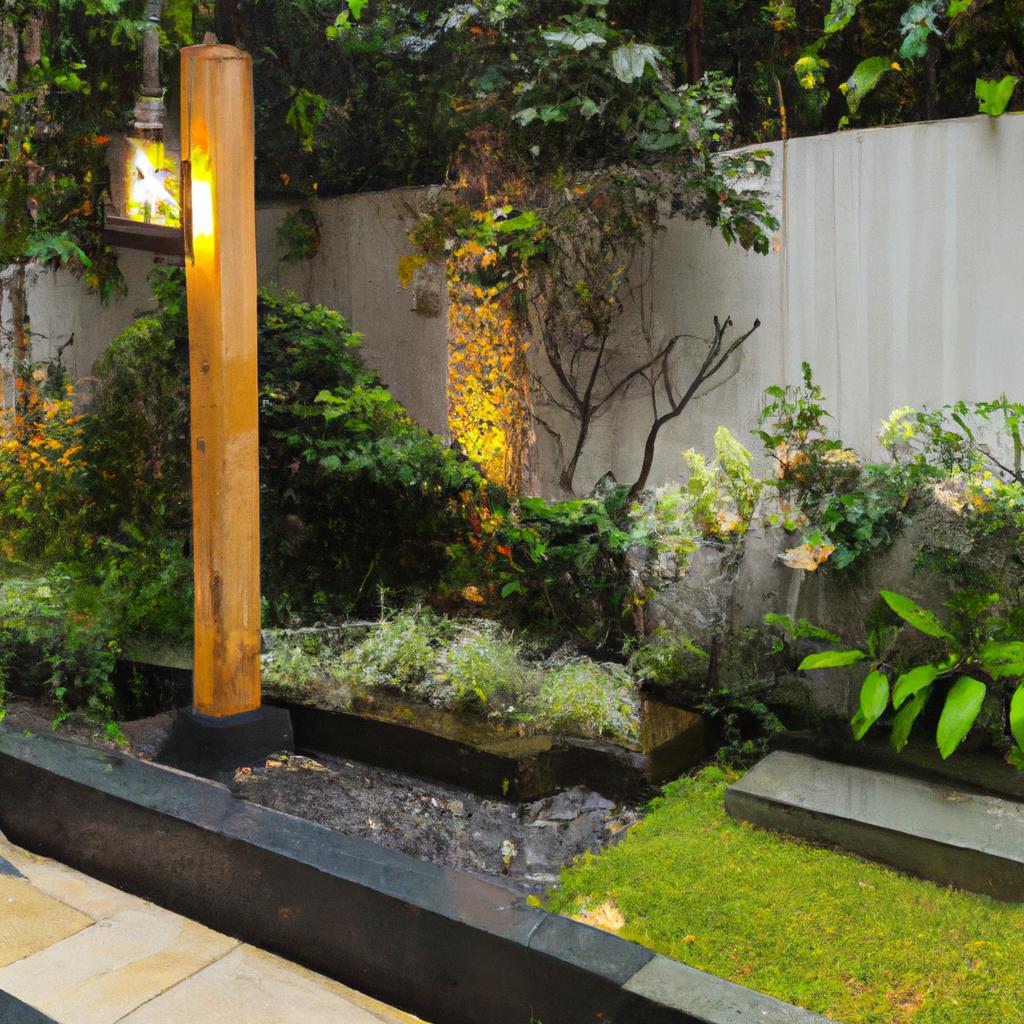
Unity refers to the harmony and coherence of landscape design. Landscape architects achieve unity by incorporating a common theme, color scheme, or design element throughout the space. For example, they may use a specific type of native plant to create a sense of unity and connection.
Balance

Balance is the distribution of visual weight in the landscape design. Landscape architects create balance by using different elements such as color, texture, and form to achieve a harmonious composition. For instance, they may use a large boulder to balance the visual weight of a group of trees.
Proportion
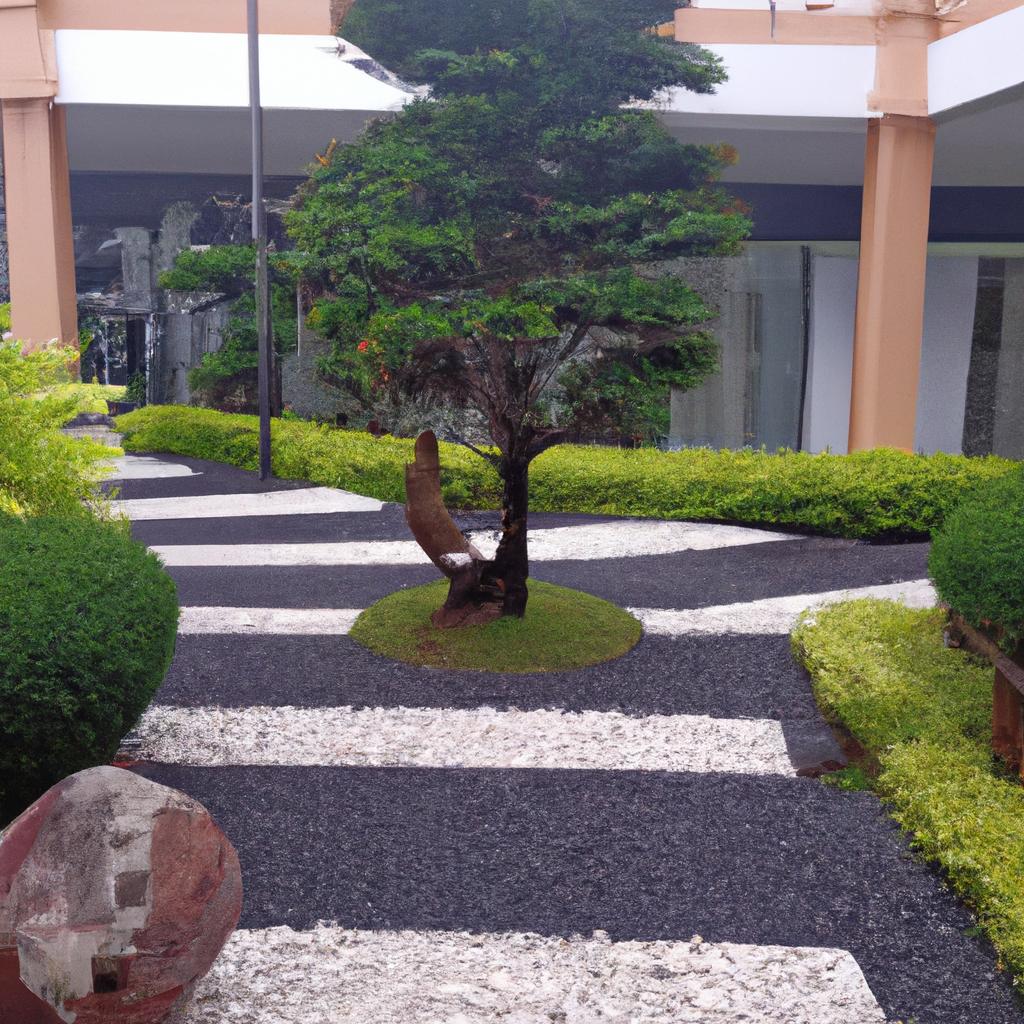
Proportion refers to the relationship between different elements in the landscape design. Landscape architects achieve proportion by using elements in the right size and scale, creating a visually pleasing composition. For example, they may pair a small plant with a large tree to balance the visual weight.
Rhythm
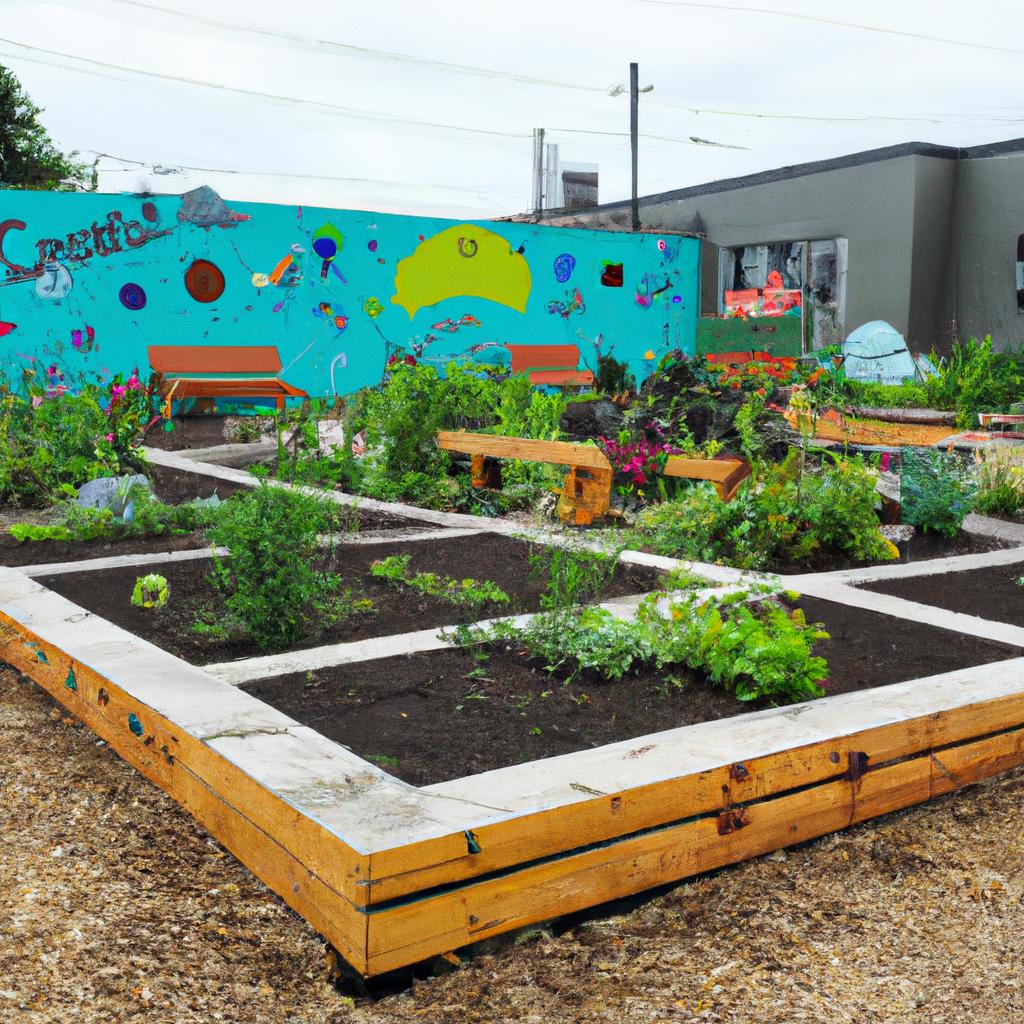
Rhythm refers to how the eye moves through the landscape design. Landscape architects create rhythm by using elements like repetition, contrast, and scale to guide the eye and create a sense of movement and flow. For instance, a row of trees can create a rhythm that leads the eye through the landscape.
Contrast
Contrast involves utilizing different elements in the landscape design to create visual interest and excitement. Landscape architects achieve contrast by using elements like color, texture, and form to create a dynamic and visually engaging composition. For example, they may incorporate plants with varying colors and textures to add contrast and visual interest.
Applications of Landscape Architecture
Landscape architecture finds applications in various fields, including urban design, parks and recreation, campus planning, residential design, and commercial design.
Urban Design
Landscape architects play a crucial role in urban design by creating outdoor spaces that enhance the quality of life in cities. They design parks, plazas, streetscapes, and other areas that promote social interaction, physical activity, and environmental sustainability. Urban design projects often involve collaboration with architects, urban planners, and engineers.
Parks and Recreation
Landscape architects design parks and recreation spaces that provide opportunities for people to connect with nature, engage in physical activity, and relax. They create trails, playgrounds, sports fields, and other amenities that promote health and wellness. These projects often involve working closely with community stakeholders to meet the needs of local residents.
Campus Planning
Landscape architects contribute significantly to campus planning by designing outdoor spaces that enhance the academic and social experience of students and faculty. They create outdoor classrooms, study areas, and gathering spaces that promote learning, social interaction, and environmental sustainability. Campus planning projects often involve collaboration with architects, planners, and administrators.
Residential Design
Landscape architects design residential landscapes that enhance the beauty, functionality, and sustainability of outdoor spaces. They create gardens, patios, and outdoor living areas that provide opportunities for relaxation, entertainment, and connection with nature. Residential design projects involve close collaboration with homeowners to reflect their needs and preferences.
Commercial Design
Landscape architects play a crucial role in commercial design by creating outdoor spaces that enhance the aesthetic appeal and functionality of commercial properties. They design outdoor dining areas, shopping plazas, and other amenities that attract customers and enhance the overall experience. Commercial design projects often involve collaboration with property owners, developers, and other professionals.
Sustainable Landscape Architecture
Sustainable landscape architecture focuses on designing outdoor spaces that use resources efficiently, minimize waste, and promote environmental health. In today’s world, where urbanization, climate change, and resource depletion are significant challenges, sustainable landscape architecture is essential. Here are some key aspects:
Definition of Sustainable Landscape Architecture
Sustainable landscape architecture involves using design strategies and practices that minimize the environmental impact of outdoor spaces. These strategies include using native plants, efficient irrigation systems, natural stormwater management, and renewable materials.
Importance of Sustainable Landscape Architecture
Sustainable landscape architecture is crucial as it promotes environmental health, conserves resources, and reduces the carbon footprint of outdoor spaces. It also provides social, economic, and health benefits by creating functional, beautiful, and accessible spaces for people.
Practices for Sustainable Landscape Architecture
Sustainable landscape architecture entails a range of practices and strategies that promote environmental health and resource conservation, such as:
- Using native plants that require minimal irrigation and fertilization.
- Implementing efficient irrigation systems that minimize water waste.
- Incorporating natural stormwater management practices, such as rain gardens and bioswales.
- Utilizing renewable materials, such as recycled plastic and reclaimed wood.
- Integrating green roofs and walls to reduce the heat island effect and improve air quality.
Future of Landscape Architecture
The future of landscape architecture is exciting and promising, with advancements in technology, integration with other fields, and increasing importance in a changing world.
Advancements in Technology
Technological advancements are transforming the field of landscape architecture. Tools like 3D modeling, virtual reality, and drones allow landscape architects to design and visualize outdoor spaces more effectively. Technology also enables efficient use of resources, such as irrigation systems and lighting.
Integration with Other Fields
Landscape architecture is increasingly being integrated with other fields like urban planning, architecture, and engineering. This integration enables a more comprehensive approach to outdoor space design, with a focus on sustainability and functionality.
Importance of Landscape Architecture in a Changing World
In a changing world, landscape architecture is becoming more critical with a growing need for sustainable outdoor spaces that promote environmental health and social well-being. Landscape architects play a crucial role in addressing complex challenges such as climate change, urbanization, and resource depletion by designing spaces that are functional, beautiful, and sustainable. As the world evolves, landscape architecture will continue to adapt and lead in creating outdoor spaces that enhance our quality of life while protecting the environment.
To learn more about landscape architecture and its impact, visit TooLacks.
